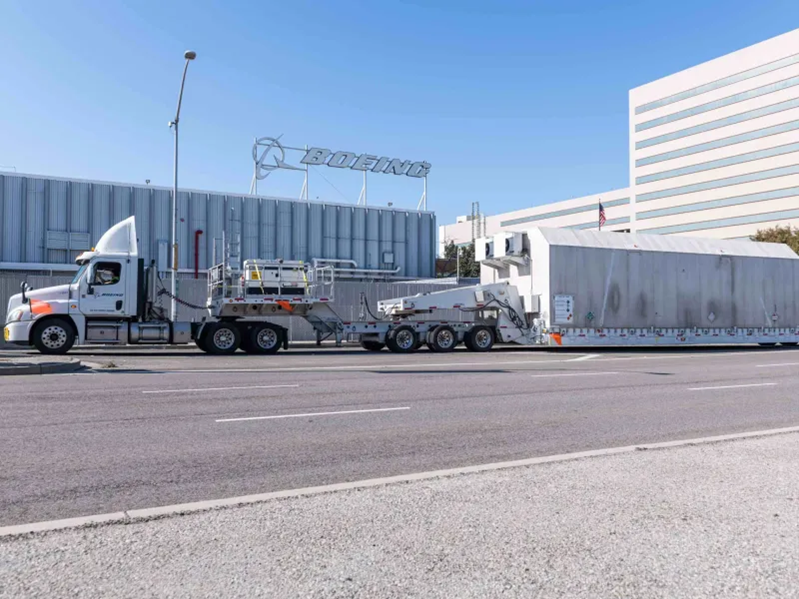O3b satellites en route for SpaceX launch
April 13, 2023
By Chris Forrester

O3b’s latest pair of mPOWER satellites have left their Boeing manufacturing site and have been successfully delivered to the SpaceX launch site in Florida.
The two (the third and fourth of the new fleet) will be launched into a medium Earth orbit (MEO) towards the end of April. The current expected date is April 28th, but that date could change subject to the usual weather and technical considerations.
The pair will eventually provide fibre-like broadband connectivity to people around the world, joining the first two satellites already on orbit.
“As we get ready to launch the next pair of O3b mPOWER satellites in the coming weeks, we are excited to have them join the first two satellites which are currently undergoing rigorous testing as they arrive at their target medium earth orbit,” said Ruy Pinto, CTO at SES. “The early indications from our test program are that the O3b mPOWER system will more than fulfill the expectations of our customers. We will be delivering networks that offer the industry’s best throughput, high availability and predictable performance that are essential for our customers’ critical applications and creating new business opportunities for SES.”
Boeing is contracted to deliver 11 O3b mPOWER satellites to SES, but just 6 satellites are needed in equatorial MEO to provide global connectivity services. The O3b mPOWER satellites are all-digital with a 702X software-driven payload, providing customers the flexibility and unique advantage to change services and markets to meet data demands.
“We are proud to have successfully delivered the third and fourth O3b mPOWER satellites and are looking forward to delivering the remaining satellites in the constellation,” said Michelle Parker, VP/Space Mission Systems at Boeing Defense, Space & Security.
With seven more satellites in production, Boeing teams are introducing efficiencies into the manufacturing process. The team has reduced the bus module build time by more than 50 per cent, and delivered similar efficiency improvements for payload integration and test, demonstrating the producibility benefits of the highly integrated 702X architecture.
